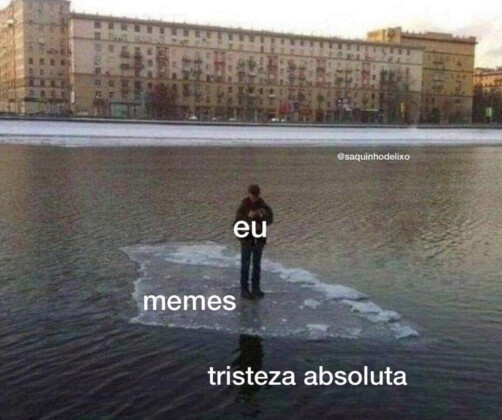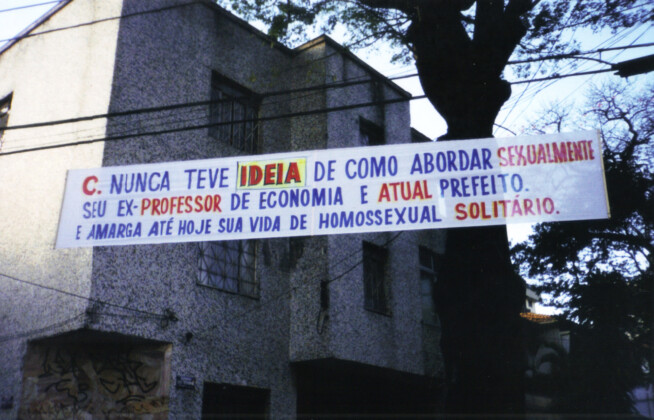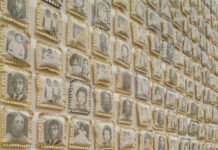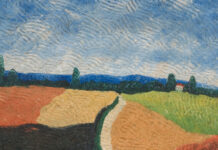
The widespread presence of the word in the world of things, so evident and so little portrayed, is the theme of the Língua Solta exhibition, installed at the Museum of the Portuguese Language until the next month of October. Purposely mixing watertight categories, such as high culture and popular culture, contemporary art and mass culture, the exhibition combines in the same space and in an unordered manner a broad and significant set of contemporary works of art – already endorsed by the market and the circuit – and a wide selection of objects, posters, packaging, commercial or protest banners and other elements of everyday life. In both, the focus is on the language enhanced as a sign. “Looking at the surroundings, we try to recognize that it is the language that animates many of the objects around us”, describes Moacir dos Anjos, who signs the curatorship together with Fabiana Moraes.
There is no universalizing or encyclopedic claim to the selection made by the pair. After all, as Moacir says, “curatorship is always a part of the world”. The choices derive from the experiences – objective and subjective – of the couple in the field of art and culture. The result is an exhibition in which the word seems to rebound, indicating different paths of apprehension of the world. One of the most evident aspects is the clear presence of a political demand discourse.
“These are words that express desires, identities, complaints”, explains Fabiana, emphasizing that there is no kind of hierarchy in the exhibition between a language aimed at entertainment, political suggestion or poetic elucubration. The spectator is often presented with manifests that express the urgency of the present day. There is, for example, a set of letters and drawings sent by children living in Maré to the Court, with reactions to the police repression. Or a plaque in honor of councilor Marielle Franco, whose murder goes unpunished. “They are like screams”, explains Fabiana.
Even non-linear and organized in order to promote sparks between different ways of dealing with ideas, forms and words, Língua Solta is articulated around six main cores: media, resistance, home, street, religiosity and pedagogy are the words around which the various objects coalesce together. Many of the selected works belong simultaneously to several of these categories. And they establish enriching dialogues with each other. There is, for example, an interesting reverberation between the slides used by Paulo Freire in the 1960s for literacy and the work ABC da Cana, by Jonathas de Andrade, or the painting Esperança, by Leonilson, which also uses the alphabet as a raw material.

The omnipresent word sometimes gives way to less explicit poetic approaches. This is the case of the group formed by the works of Lygia Pape, Lenora de Barros, Lia Chaia and Anna Maria Maiolino, in which the focus shifts from the written symbol to the physicality of the language. The idea of cut, stain or impossibility of controlling one’s language, something common to the work of these artists, makes the approach between them very powerful.
The list of artists represented in the exhibition is large, with very rare and deliberate gaps, as in the case of São Paulo poets linked to concretism. “We tried to avoid a literary character, privileging the presence of the poetic word in the artistic field”, explains Moacir. These exceptions aside, the great masters of art who appropriate the word are there. Authors such as Arthur Bispo do Rosário, Mira Schendel, Cildo Meireles, Paulo Bruscky, Antonio Manuel, Leonilson, Élida Tessler, Vânia Mignone, Marilá Dardot, Ivan Grilo, Jaime Lauriano, among others, appear, often with more than one work.
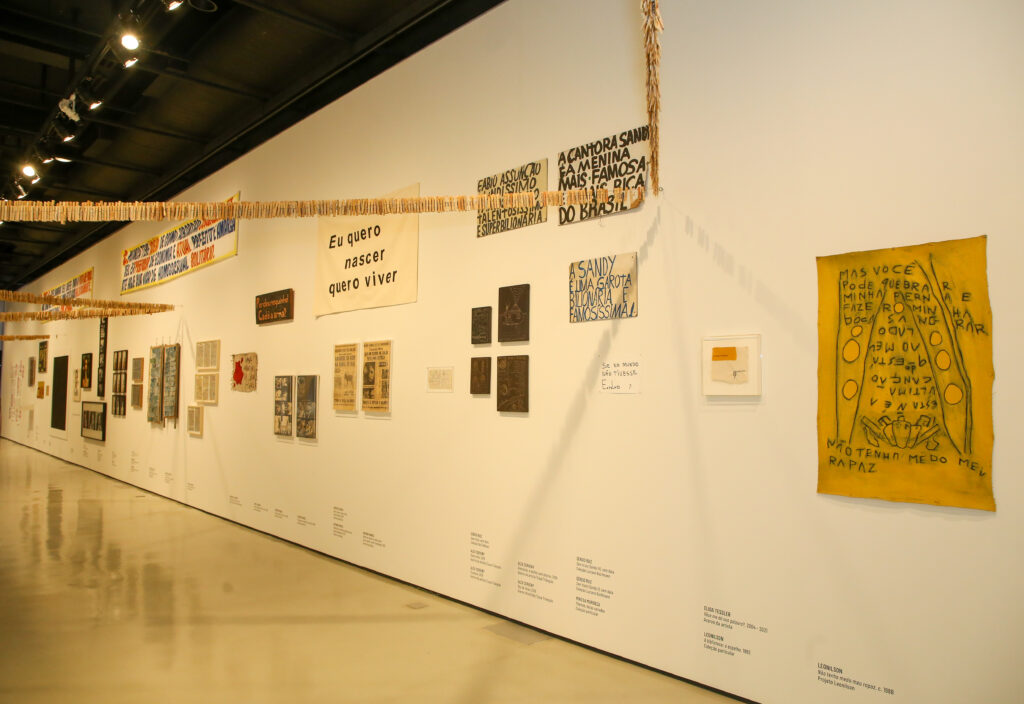
There is a permanent effort, in terms of editing, to undo categories, to demonstrate that artistic expression often derives from an attentive look at the world of the street and things, whether maracatu banners, dish towels, cachaça labels or signatures of pixo. A clear example of this hybridity is the work Você me dá sua palavra?, by Elida Tessler, which promotes sewing throughout the exhibition. Thousands of hanging clothespins zigzagged, supported by drying ropes. On them, a number of people invited by the artist wrote a word that was special to each of them. In a presentation made on the occasion of the international day of the Portuguese language, Tom Zé revealed his: “Disobedience”.
Originally, the exhibition was thought of as another nucleus of the museum’s permanent activities. But the difficulties arising from the pandemic, the lack of technical conditions at the institution – which does not have any collection of works of art, so it does not have equipment such as a technical reserve, conservation team, etc. – and the wide presence of works loaned by private and public collections meant that the selection had to be displayed on a temporary basis. On the other hand, it gained a space three times greater than previously planned. It is the only museum activity that can already be seen by the public, being accessible to specific groups by appointment until the end of June. Then, at the end of July, it will reopen together with the entire museum.
Leia em português, clique aqui.

